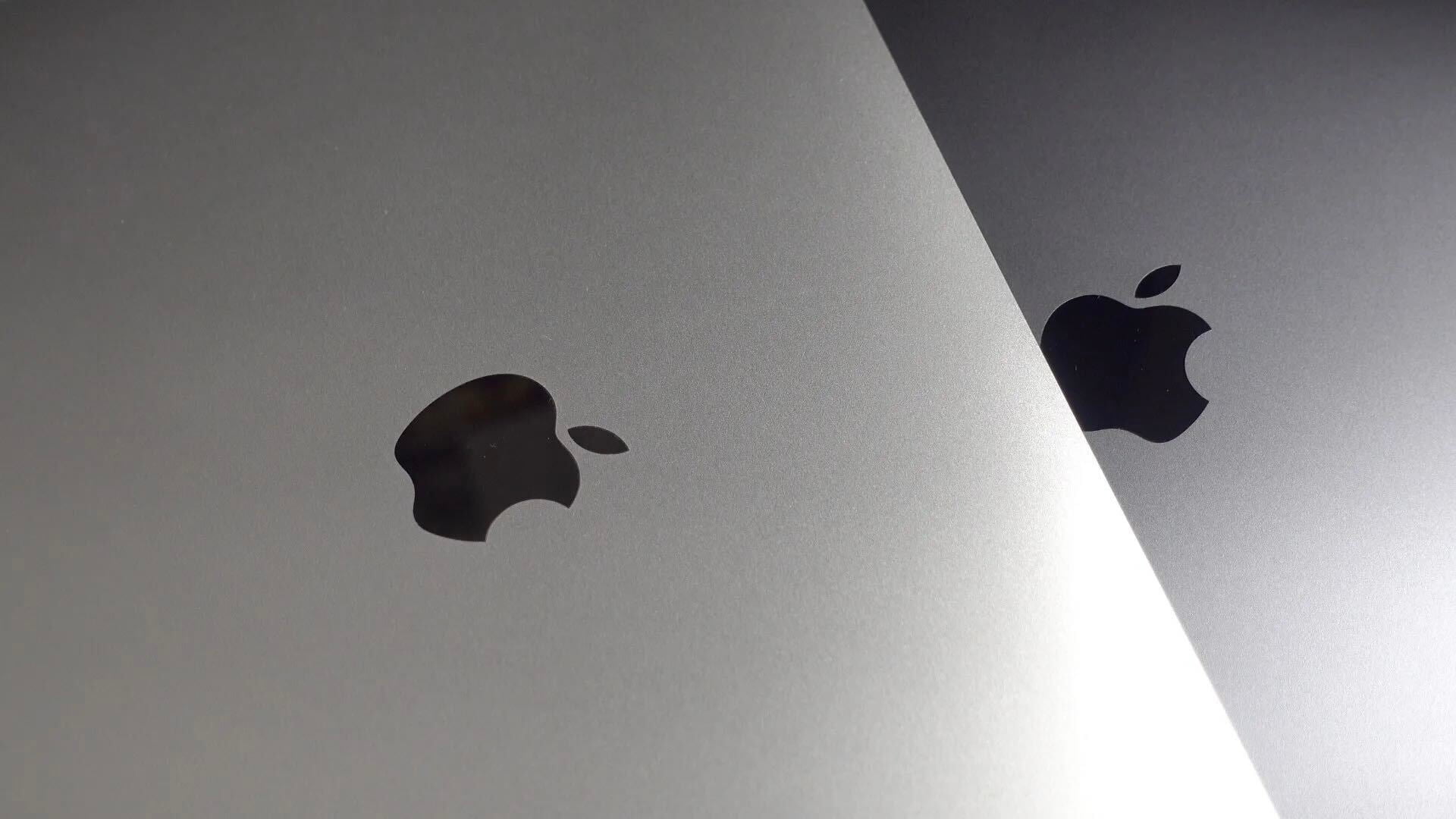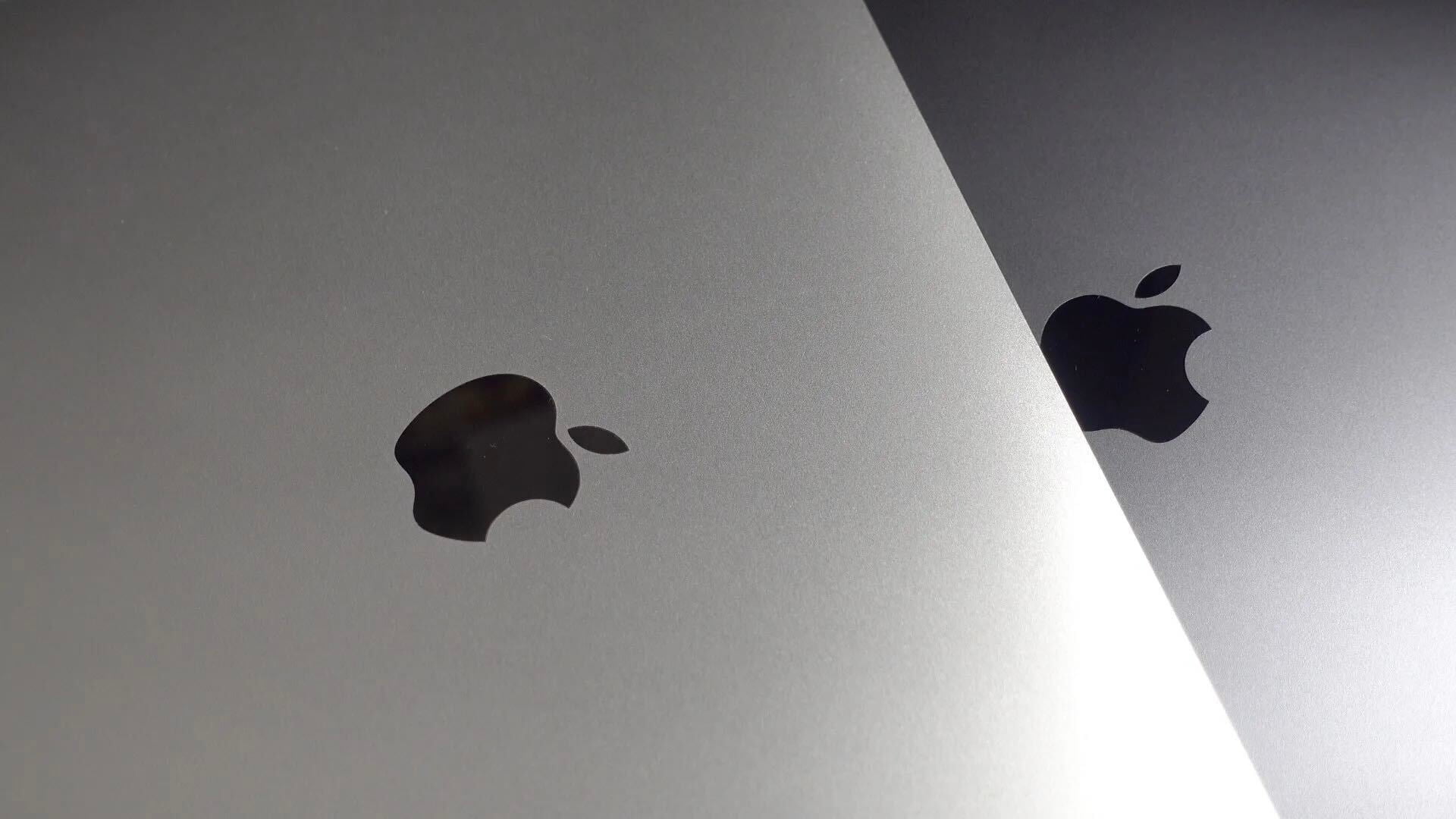

Several months ago, I wrote a three-part guide to making amazing wall art from your Mac’s photos (part 1, part 2, part 3) — a popular series that readers told me they’d really enjoyed. The premise: as photography has gone digital, most of the pictures we take have become trapped on our computers, rarely seeing the light of day. Turning your favorite photos into large-format wall art is a great way to decorate your home or office, and with the recent introduction of the iPhone 6s and 6s Plus, higher-resolution photos and ultra-high-res panoramas are possible, increasing the image quality of even your everyday snaps.
Even though Apple’s OS X Photos app focuses on making small prints, photo books, and calendars, there are some great third-party photo-to-wall art services out there. Previously, I looked at how to turn your photos into large-sized metal, acrylic, and canvas wall art. This brand new part 4 explores three additional services, looking for the first time at photo prints on wood, as well as spotlighting several nice variations on prior themes…

Turn Your Photos Into Wood Prints
After looking at other materials in prior parts of this guide, the one I really wanted to see for myself was printing on wood — a process that can either create a rustic, earthy look, or have a less prominent texture, depending on your preferences. To test wood prints, I looked at two well-respected photo printing services: Bay Photo and Shutterfly, two of the biggest names in wall art-sized photo printing.

Bay Photo offers two different ways to submit photos and order products. Its free Bay ROES app (shown below, and recently updated for El Capitan) handles everything, while a web-based interface can be used for basic prints, including the Maple Wood Prints ($22 for 5″ x 5″ to $875 for 48″ x 96″) tested here. The web app is extremely straightforward, and I was able to upload my photo, choose mounting/hanging options, and place an order very rapidly.
- Original Image
Bay offers the choice between either a “natural” or a “white” finish. Just to see what it was like, I went with the white finish, which reduces the amount of visible wood grain to make colors pop more. The result — using a photo I post-processed with MacPhun’s Intensify CK — was impressively color-accurate to the deliberately dreamy image I uploaded, and looked like a painting on wood, which I really liked. As suggested, the choice of a white front finish did noticeably reduce the amount of obvious wood grain in the print, which will suit some images (like the one above) better than others. And while the nail/screwholes-in-planks mounting solution isn’t fancy, it works.

As a contrast, Shutterfly’s Upload Your Own Design Wood Wall Art ($90 for 8″ x 10″, $400 for 24″ x 36″) comes only in a natural grain option that really lets the wood texture shine through. Shutterfly uses a very straightforward web-based interface for uploading and previewing photos, which really turns out to be important with a natural grain wood print: without a white initial layer, color saturation is going to be muted, so Shutterfly lets you tweak the image against a grain preview so you’ll know what to expect.
- Original Image
I started with a countryside castle photo, and based on Shutterfly’s previewing tool, felt that a little extra color saturation would be necessary to create contrast with the wood texture. While there are obvious differences between the original image and the finished print, the web preview gave me a very good idea of what to expect. The finished wood print had the natural wood look I’d wanted to see, plenty of detail, and a faded, rustic look that was only a little less color-intense than the web preview. It’s worth noting that while Shutterfly’s wood art prices look higher than Bay Photos, they’re offset by substantial coupon codes such as BUYMORE, which knock them down by up to 50%.

A New Twist On Metal Photo Printing
I’ve tested a bunch of compelling metal photo printing alternatives this year, and have generally been blown away by the results: particularly with a nice front finish, aluminum prints can look really stunning, rich in both color and detail. From a framing perspective, the most distinctive option I’ve seen is Bay Photo’s Double Float ($33.60 for 6″ x 8″ to $582 for 28″ x 40″). Standard metal printing is done on a single sheet of aluminum, but Double Float actually joins two layers of metal together to create a three-dimensional picture frame.

Because of the complexity of the layout process for a Double Float print, Bay requires you to use the Bay ROES app, which was recently updated for the latest version of OS X. While the app could use a little additional streamlining, it works very well to let you set up the top and bottom layers of your print, choosing crops and alignment. You can select from five different surface treatments (High Gloss, Mid-Gloss, Satin, Sheer Glossy or Sheer Matte), and either use the same image and treatment for both layers, or go with two images and treatments.
- Original Image
The sample Double Float print I made had deep blacks, excellent detail, and substantially accurate colors. Some of the dark shading nuances were lost in the bottom of the photo, but made up for by the rich, inky blacks, which really made the image compelling in person. Technically, I was very pleased by how this print’s alignment turned out — it was hard to be sure it would be perfect in 3D even after setting everything up the Bay ROES app — and the foam float mount between the surfaces provided a gentle but noticeable separation between the layers. If you’re looking for a way to add extra impact to a metal print, Double Float is a great choice.

A User-Friendly Canvas Wall Art Service
As its name suggests, CanvasPop specializes in printing photos on canvas — a process commonly known in the art world as giclée — and does a very good job, very quickly. The uploading and layout process is entirely web-based, and designed to be ultra-simple, so anyone can submit a print. Interestingly, CanvasPop keeps a chat window on screen to offer help instantly with the setup process, and prominently offers coupons that chop a significant percentage off of the official prices. (Before coupons, pricing starts at $37 for a 10″ by 10″ canvas, climbing to $422 for a gigantic 76″ by 38″ canvas with a wood frame.)

I was thrilled by the print quality on this rendition of my youngest daughter, which took a 22-Megapixel image up to a 20″ by 30″ size while accurately preserving both detail and colors; the original image had a warm yellow color temperature which the canvas print accurately replicated, even though my snapshots of the canvas doesn’t do the color matching justice. On the other hand, the image was cropped a little on the top and bottom, not enough to change the focus of the image, but enough that people looking for edge-to-edge reproduction should request CanvasPop’s (free) proofs to confirm the print will be exactly as expected.
- Original Image
While there are several frame and edge options — variable depths up to 2.5″ thick and your choice of colors or wood frames — mounting is simple. Given the canvas’s comparatively light weight, the included, pre-installed edge-to-edge rear wire works perfectly as a mounting solution. You can also choose three-canvas triptychs if you want to spread an image across multiple canvases, a premium-priced feature which can work extremely well with landscapes and panoramas.

Two Distinctive Acrylic Printing Options
The concept behind acrylic printing is much like the trick Apple used with the original iPod: use a thick layer of perfectly clear plastic to enhance the depth and “pop” of whatever’s below it. With acrylic photo prints, you can either use a large-sized basic photo printed on paper, or go with something more significant behind the plastic. As was the case with the wood prints above, I tested both Bay Photo and Shutterfly for this, as they’re heavy hitters with great options. The image above is Shutterfly’s Photo Gallery Acrylic Print ($70 for 8″ x 10″, $250 for 24″ x 36″), produced using the previously-mentioned web interface.
- Original Image
Even though Shutterfly’s Acrylic Print wasn’t as heavy as Bay’s version due to a difference in the backing materials I selected, the quality and impact were both stunning. The print arrived with optimized, intense colors and stainless steel mounting posts in the corners. Beyond nailing the colors and details of the original photo, the print really benefits from the gallery-quality look of the metal mounts, and the depth of the thick clear plastic front surface. This particular shot illustrates the power that a vanishing point-style photo can have to really draw you in when blown up to a large size.

The Bay version I tested is the Face-Mounted Acrylic Print ($19 for 4″ x 4″, $1,492 for 43″ x 96″), shown here with 1/4″ thick acrylic and a French Cleat mount. Most of the original images shown here were used without modification, but I used Bay’s web-based uploading tool to crop the photo a little, and the finished print was perfectly cropped and aligned as shown in the preview.
- Original Image
Beyond doing a great job of representing the original photo’s color and detail — again, the original image and print have a natural yellow warmth that snapshots don’t reproduce well — Bay’s version really rocked in the depth department. Due to both the thick clear acrylic face and a more deluxe DiBond backing that sandwiches supporting pieces of metal behind the print, the Face-Mounted Acrylic Print was one of the most substantial-feeling and nicely mounted photo prints I’ve tested. If you’re going to turn one of your prints into something you hope to sell, Bay’s treatment has the heft that you’d expect from something with a premium price. You can choose the option that’s best for your budget and personal needs.
More From This Author
Check out more of my How-To guides and reviews for 9to5Mac here! My prior guides to turning digital photos into beautiful wall art (Part 1, Part 2, and Part 3) have been big hits with readers, and I’ve covered a lot of different topics of interest to Mac, iPad, iPhone, iPod, Apple TV, and Apple Watch users.
FTC: We use income earning auto affiliate links. More.





Montserrat?
Correct!
Thanks so much for posting this! First of all you have fantastic photos :) but I really appreciate you spending so much time and money putting this all together. I have so many photos that it’s hard to say where I’d start, but I definitely want to try this out in the near future ^_^.